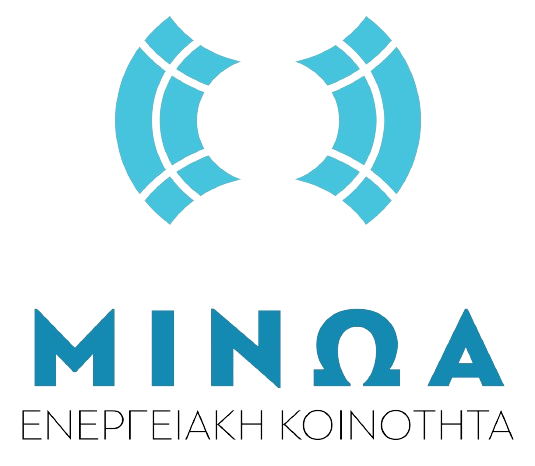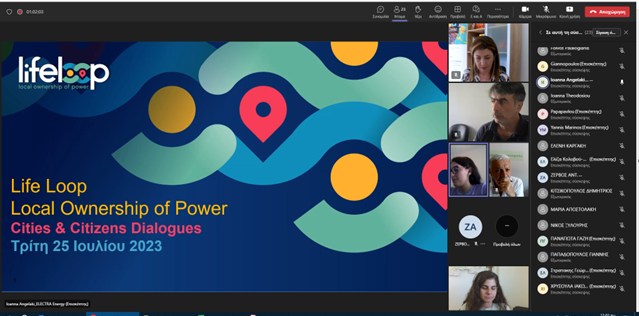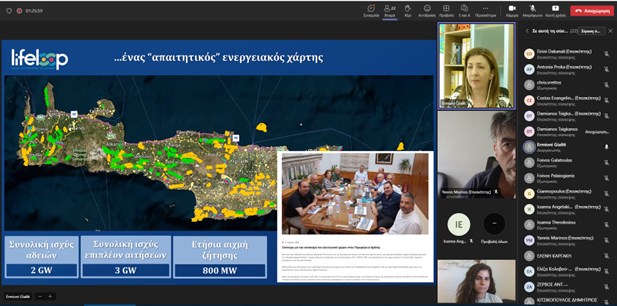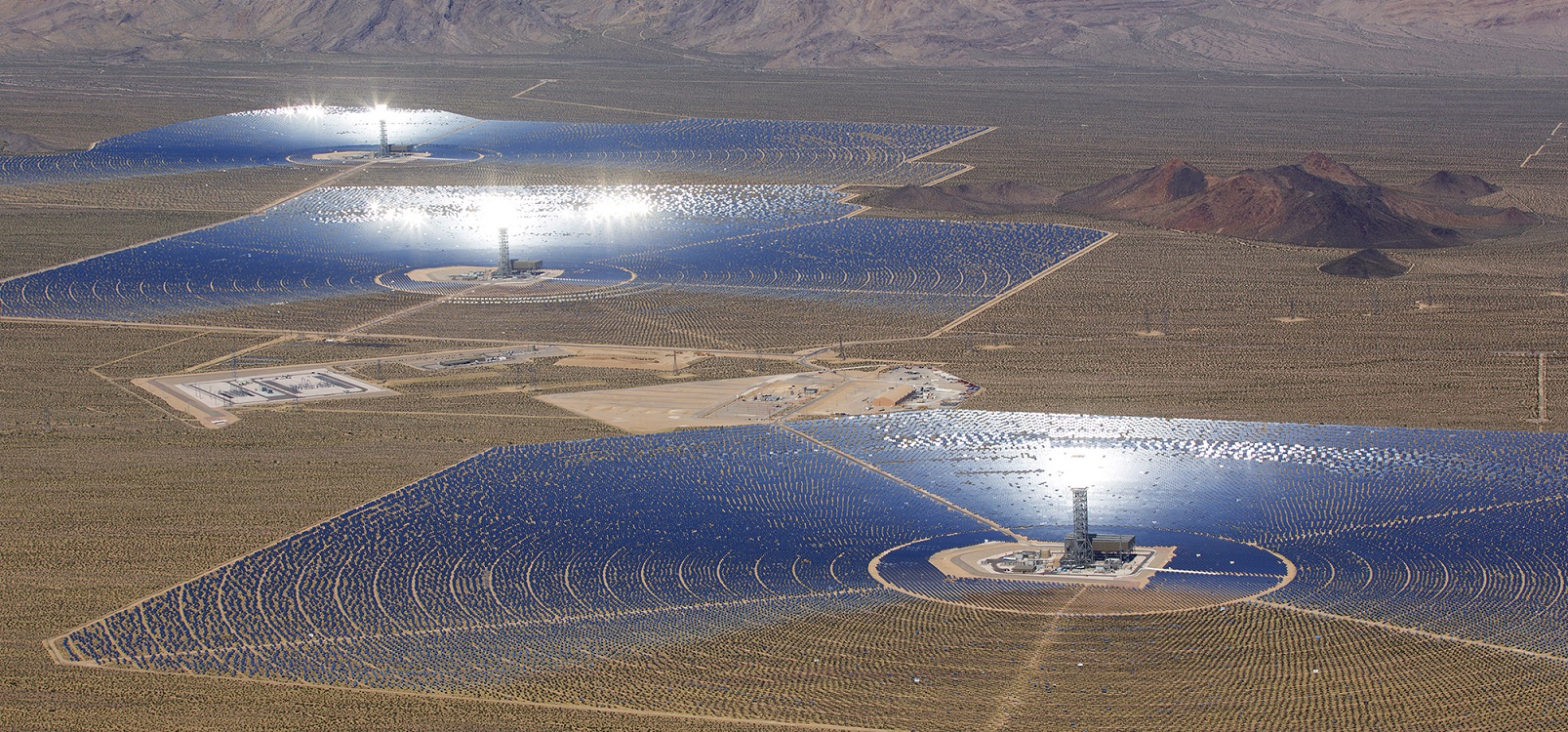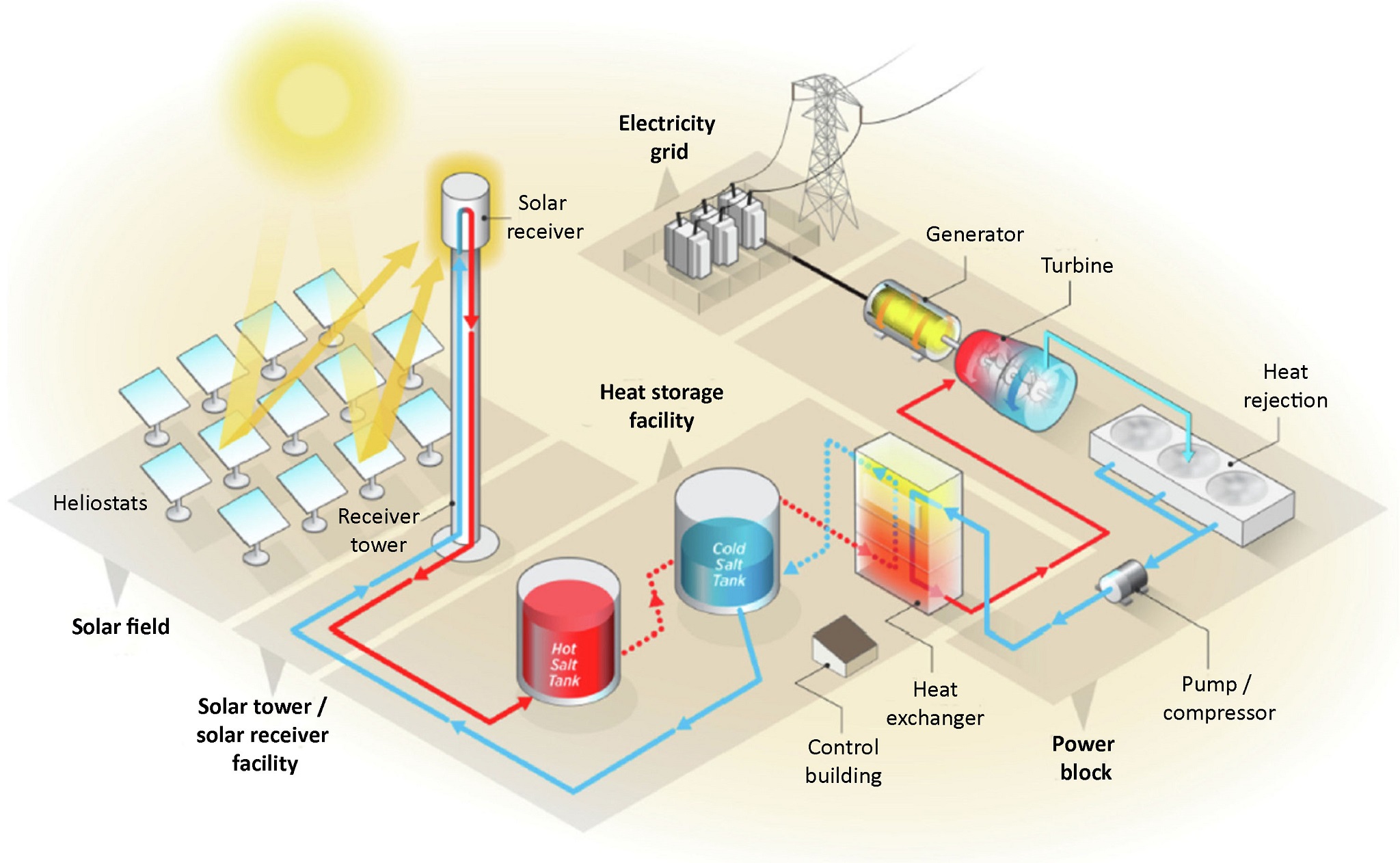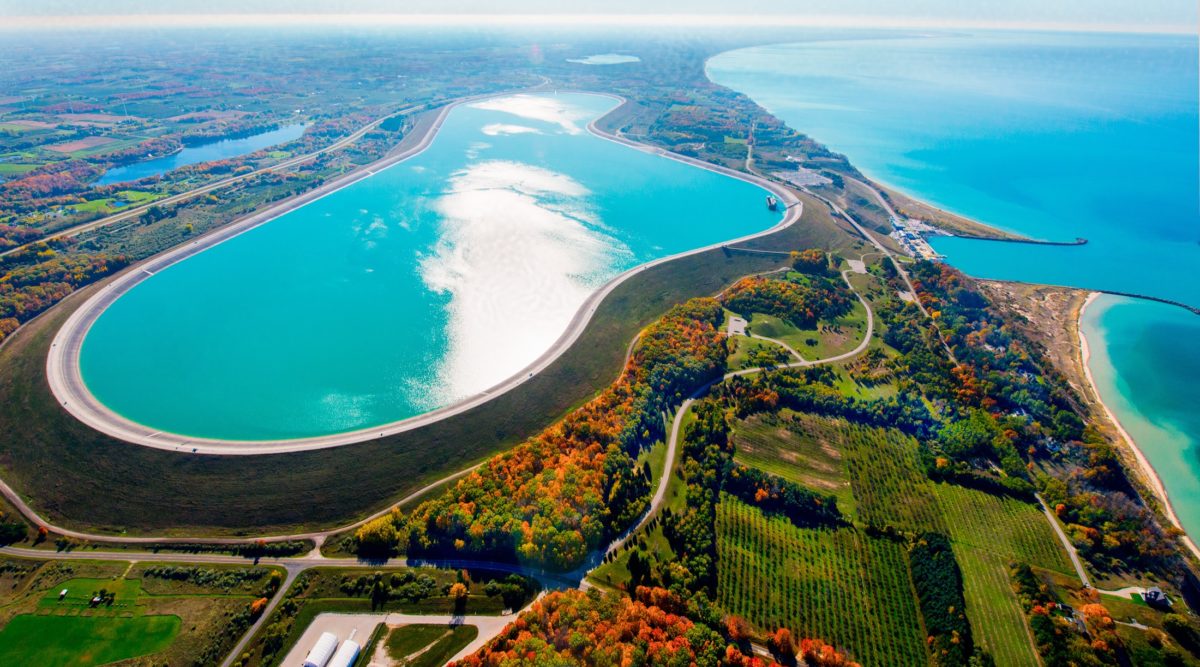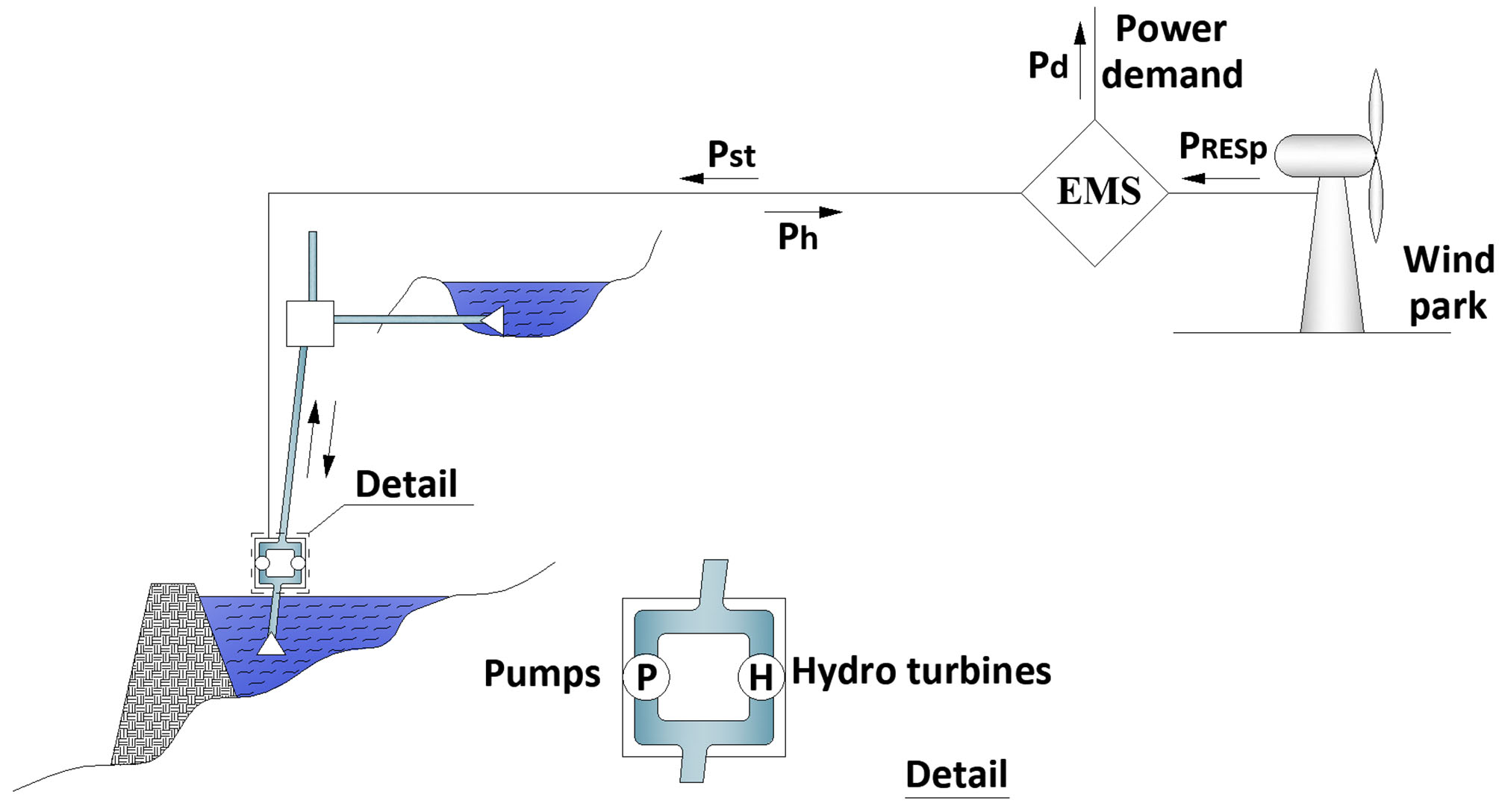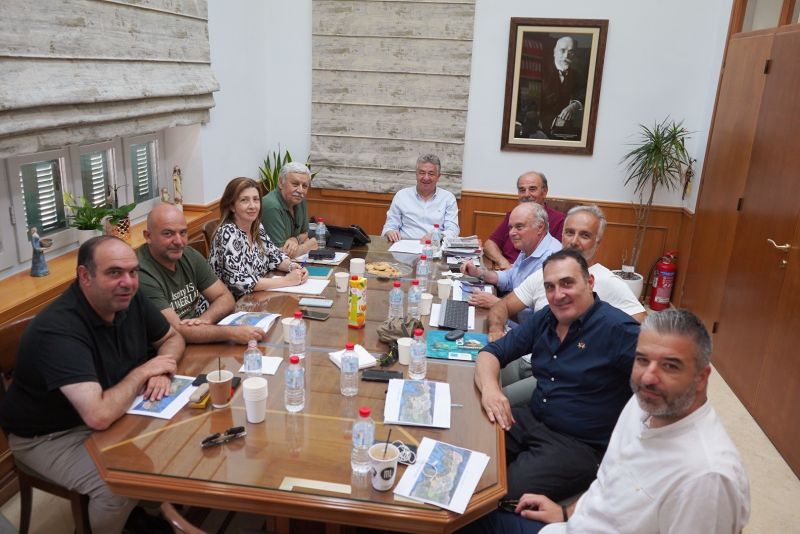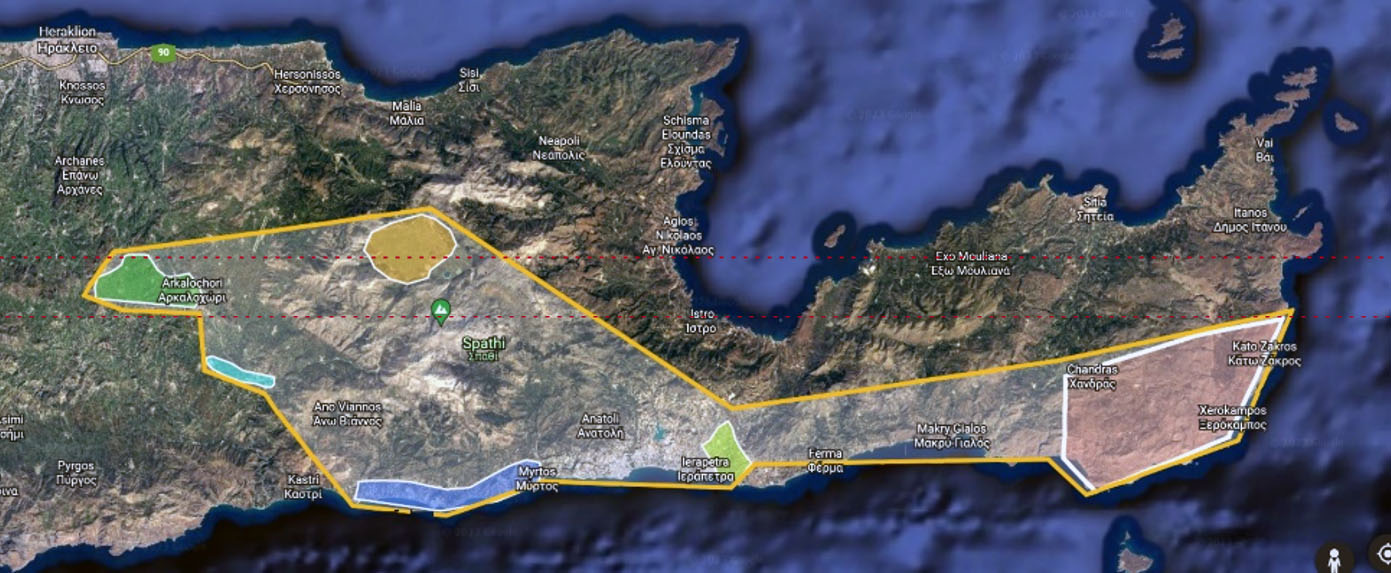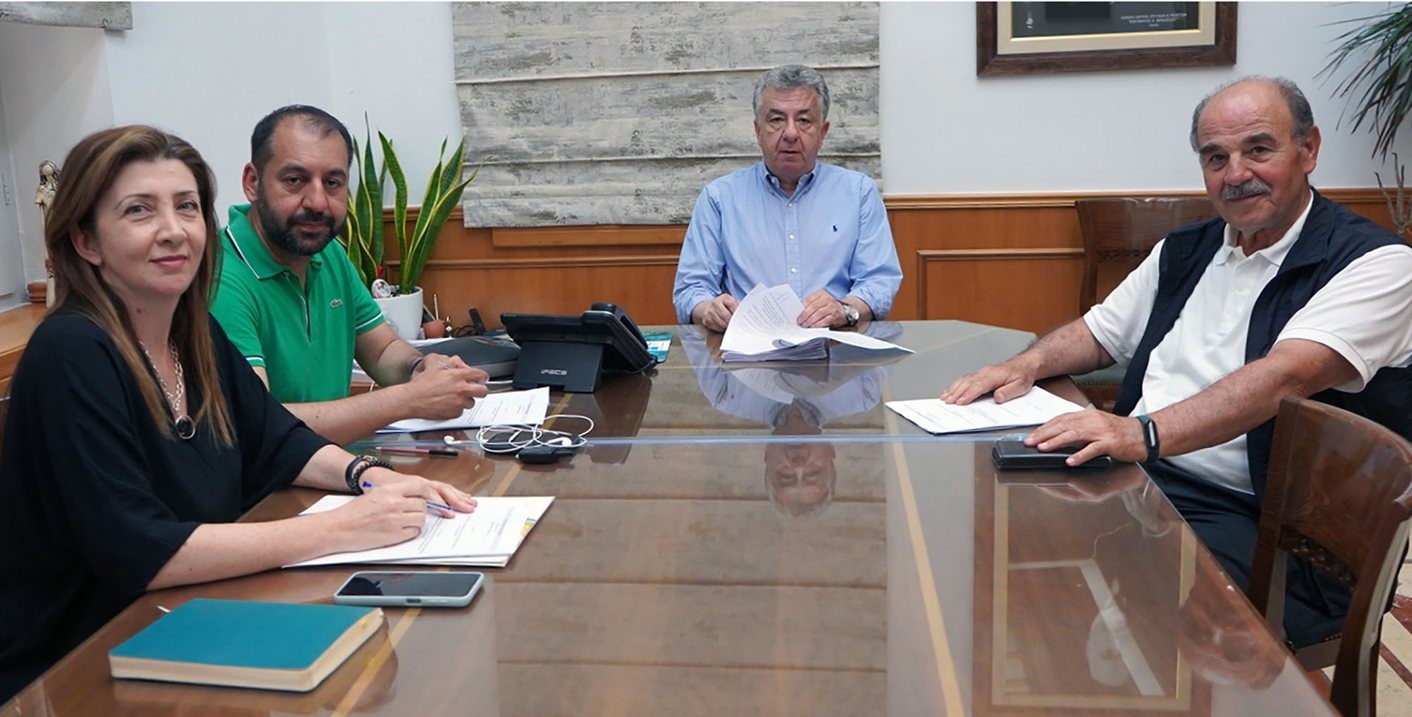On Tuesday 25 July 2023, the Minoan Energy Community with Electra Energy Cooperative and REScoop.eu co-organized an online workshop entitled: "Energy Communities and LGOs - Creating synergies for local development and fair transition" in the framework of the LIFELOOP - Life project "Local Ownership of Power". The workshop aimed to create the space for a meaningful discussion between Local Government Organisations (LGOs) and energy communities, with an emphasis on existing and planned financing tools and the potential for synergies to enhance local development.
During the meeting, the LifeLOOP project was presented, the main objective of which is to bring citizens and local authorities to the center of the energy transition and highlight the decisive role they can – and must – play in order to make the energy transition truly fair and inclusive. The public was informed about the financing tracker tool (European Funding Observatory) which aims to identify available support programs for the energy communities. Afterwards, local government officials and members of the energy communities developed their plans towards the common goal of a fair energy transition.
In the last part of the event, an open discussion was held between the participants and the online meeting closed with the commitment and expectation of future meetings and opportunities in order to spread the knowledge.
You can watch the video of the event here
